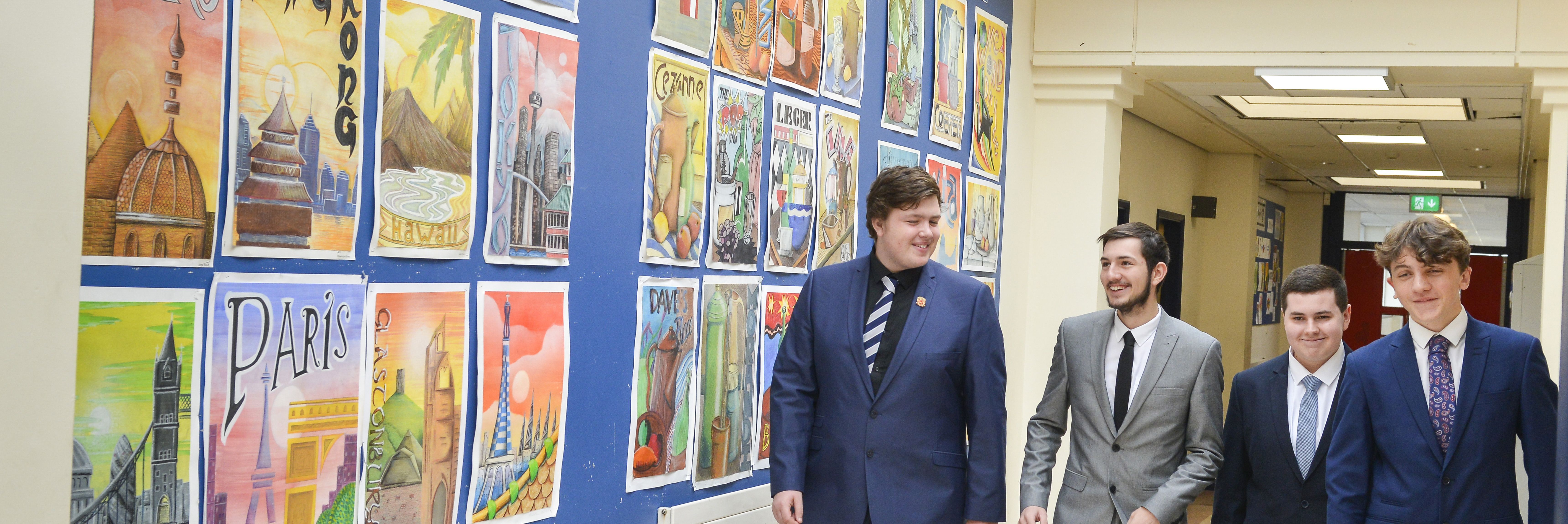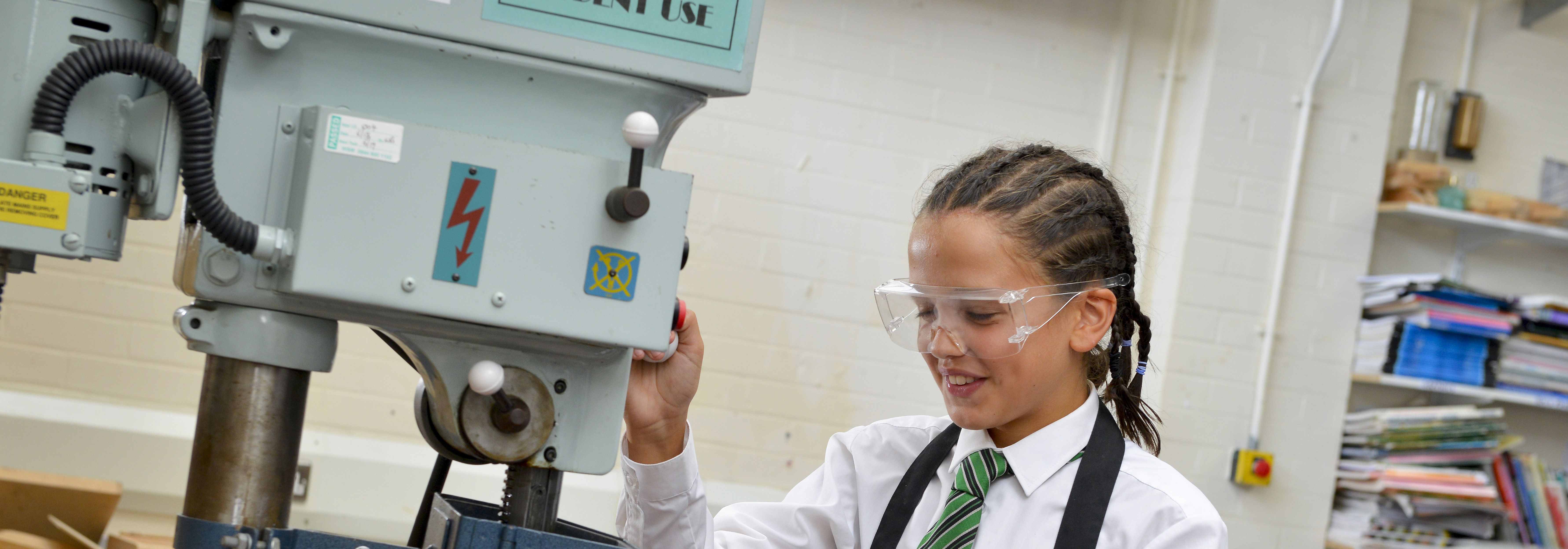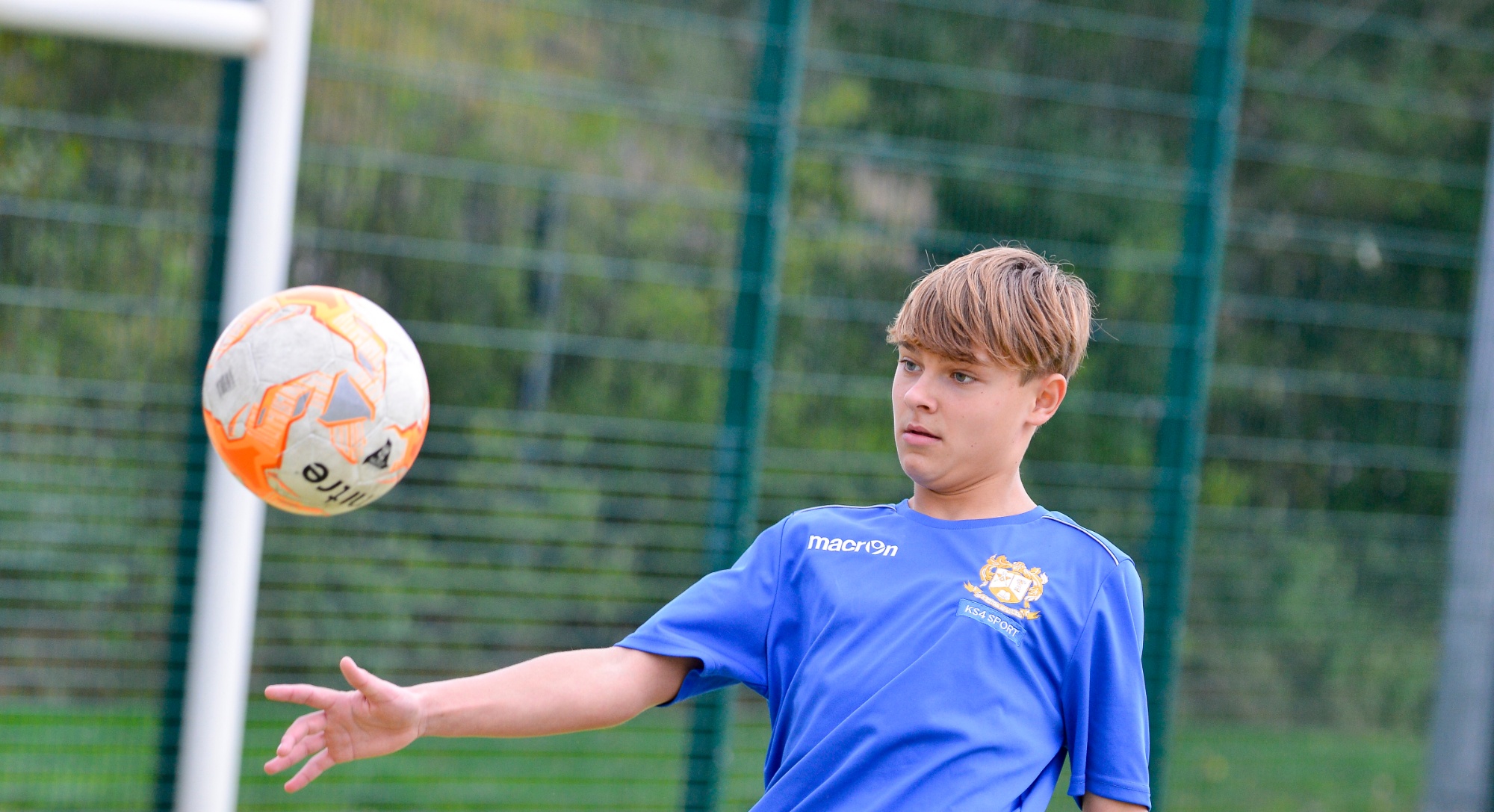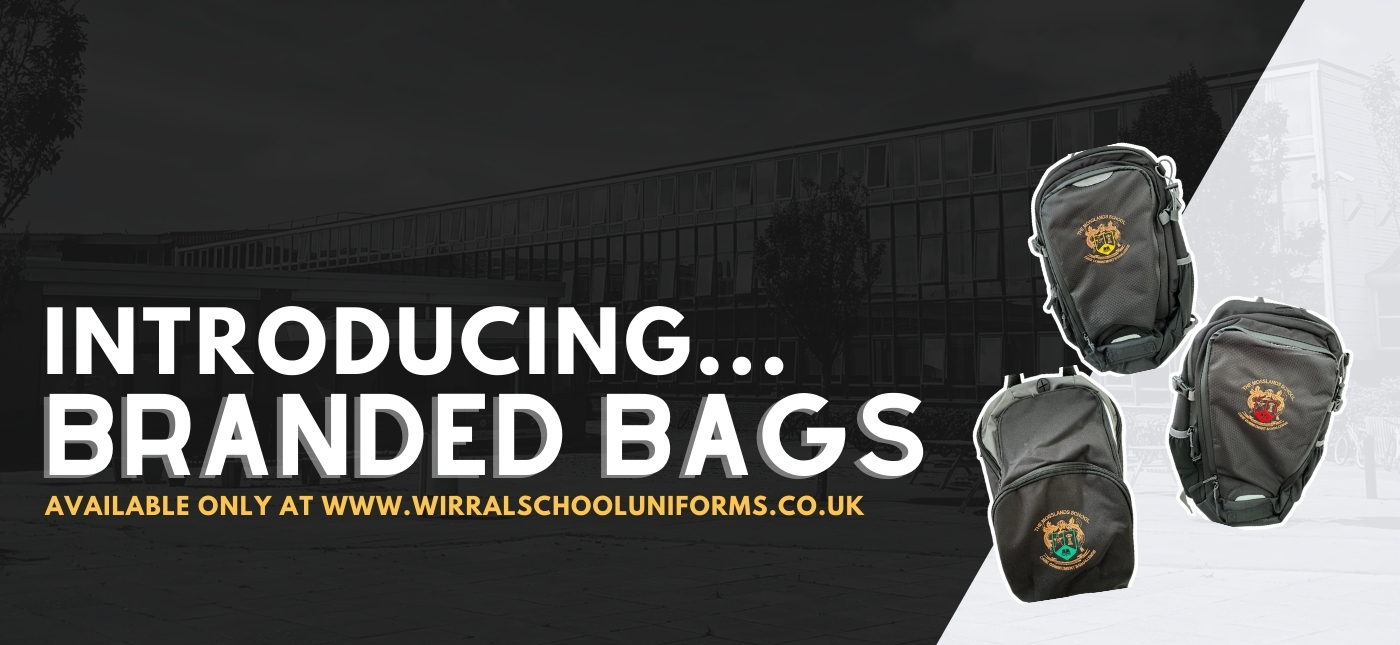The Knowledge and Skills overviews show the specific physics content students will learn in each unit of study throughout the year. These documents outline both the substantive knowledge (physical laws, theoretical models, and universal principles) and the disciplinary skills (experimental design, mathematical application, and analytical reasoning) that students will develop. Each unit is broken down to clearly identify what students need to know and what they should be able to do upon completion. Through the systematic development of both knowledge and skills, students build physical literacy, quantitative capabilities, and a deeper understanding of how the universe operates appropriate to their stage of learning.
Select a unit to find out more...
Forces
| Unit Progress Criteria |
| Knowledge |
Skills |
|
Forces
- A force is an interaction (e.g. push, pull or twist) between two objects
- Forces are either contact or non-contact
- Contact forces act by direct contact (touching) on the object
- Non-contact forces are forces that act at a distance
- Gravity and magnetism are examples of non-contact forces
- Drag forces (air and water resistance), friction, tension and normal contact force are examples of contact forces
- Friction is a force between two surfaces that opposes movement
- Tension is a force exerted through a rope, string or wire when pulled by forces at opposite sides
- Forces have size and direction
- Forces are represented on free-body force diagrams using arrows to show the direction and size of the force
- Forces are measured in Newtons (N) using a Newton meter
Resultant Force
- An objects motion does not change if forces are balanced
- If balanced forces act on a stationary (still) object, it will remain stationary
- If balanced forces act on an object in motion, it will continue moving at the same speed and in the same direction as it was already moving
- Balanced forces are equal in size but opposite in direction
- An unbalanced force can change an objects shape, speed or direction
- The resultant force on an object is the net force or the overall effect of all the forces acting on an object
- When forces are balanced there is a 0 N resultant force
- When forces are unbalanced the resultant force is not 0 N (a non-zero resultant force)
- If forces are acting in the same direction they should be added together to calculate the resultant force
- If forces are acting in opposite directions they should be subtracted
- Resultant force must have a direction
- If there is a resultant force acting on an object, the object will accelerate in the direction of the resultant force
- Forces act in interaction pairs, which can also be called action-reaction pairs
- If object A exerts a force on object B, then object B exerts an equal and opposite force on object A
- The normal contact force is the reaction force exerted by a surface on an object that is resting on it
Effects of Forces
- Changing the shape of an object can be called deformation
- The extension of spring can be measured when different masses are added
- As more force is added to a spring, the greater the extension (the greater the shape change)
- The extension of a spring is the difference between its stretched length and its original length
- If too much force is added then a spring does not return to its original shape because it has reached its elastic limit
- Force opposing motion is caused by the interaction of surfaces moving over one another
- It is called ‘drag’ if an object is interacting with a fluid, specifically 'air resistance' in air and 'water resistance' in water
- Friction occurs between solids
- Friction and drag forces are contact forces
- The force needed to move a block along different surfaces is measured using a Newtonmeter to investigate friction
- Rougher surfaces generate more friction and smoother surfaces generate less friction
- Friction is reduced by adding lubricant
|
Disciplinary Knowledge
- Define the terms precise, accurate and valid, and be able to use these terms in the context of data.
- Use SI units (e.g., kg, g, mg; km, m, mm; kJ, J) and IUPAC chemical nomenclature unless inappropriate
- Understand and use the symbols: =, <>, >, ∝, ~
- Identify in a given context:
- the independent variable as the one that is changed or selected by the investigator
- the dependent variable that is measured for each change in the independent variable
- Identify suitable control variables and be able to explain why they are kept the same.
- Decide on a suitable scale for x and y-axis when drawing a graph
Practical Skills
- Read a scale accurately
- Measure and observe the effects of forces including the extension of springs
|
Space
| Unit Progress Criteria |
| Knowledge |
Skills |
|
Gravitational force
- Gravitational forces act on and between all objects
- Gravity is an attractive non-contact force between all objects with mass
- An object which is free to move accelerates towards the centre of the Earth
- The gravitational field strength of an object is the force exerted per unit of mass at a point in a field
- The gravitational field strength of an object is increased by its mass
- The gravitational field strength is decreased by distance from an object
- Non-contact forces are forces that act at a distance
- Non-contact forces have a force field that weakens with distance
Mass and Weight
- Mass is the amount of matter contained in an object and is measured in kg
- Weight is the force of gravity acting on a mass is measured in Newtons
- Weight is calculated using the following equation: Weight (N) = mass (kg) x gravitational field strength (N/kg, on Earth g=10 N/kg)
- Weight is a force so must have a direction (towards the centre of the Earth)
- When the gravitational field strength changes, the weight of an object will change but the mass will not change
The Solar System
- Our solar system contains the Sun, planets orbiting the sun, satellites orbiting planets, asteroid belt and comets
- Gravity is the force that holds objects in orbit
- Gravity still acts in space
- Astronauts on the ISS appear to be floating because they are weightless
- The planets orbit the Sun; Mercury, Venus, Earth, Mars, Jupiter, Saturn, Uranus and Neptune
- Most models of the solar system cannot show the relative distances or sizes of objects
- Our solar system is a tiny part of one galaxy, one of many billions of galaxies in the universe
- A light year is the distance light travels in a year (over 9 million, million km)
- It takes the Earth 365 days to orbit the sun once
- A satellite is an object that orbits a planet
- The Moon is the Earth’s natural satellite
- Artificial satellites that orbit the Earth are used for sending waves for communications, navigation and telescopes
- Planets rotate on their axis which produces day and night; the Earth rotates once every 24 hours but each planet has a different length of day
- The Earth rotates on its tilted axis (of 23.5◦); this produces seasons
- The Sun is approximately 400 times the size of the Moon but 400 times further away which is how they are able to appear the same size
- In a lunar eclipse the Earth comes between the sun and the moon. The Earth blocks the sunlight from reaching the moon
|
Disciplinary Knowledge
- Use an appropriate number of significant figures
- Find the arithmetic mean and range of a set of data
- Substitute numerical values into algebraic equations using appropriate units for physical quantities
- Solve simple algebraic equations
Practical Skills
- Measure and observe the effects of forces including the extension of springs
- Construct and interpret frequency tables and results tables
- Consider the best way to present data
- Decide on a suitable scale for x and y-axis when drawing a graph
- Construct and interpret bar charts, pie charts and histograms
|
Energy
| Unit Progress Criteria |
| Knowledge |
Skills |
|
Energy Stores
- Energy cannot be created or destroyed, only transferred between different energy stores
- Energy is measured in joules (J)
- 1 joule is a very small amount of energy so often kJ are used
- Energy can be stored in one or more of: chemical energy store, kinetic energy store, gravitational potential energy store, elastic potential energy store, thermal energy store
- Food, fuels, cells and batteries are a chemical energy store
- Food labels show how much energy is stored in the food and are shown in kJ and calories
Energy Transfers
- Energy can be transferred by heating, mechanically, by radiation or by electricity
- When energy is transferred, the total is conserved, but some energy is dissipated, reducing useful energy
- Energy transfers can be useful or wasteful
- Wasted energy from appliances, such as heat and sound, dissipates into the surroundings
- Efficiency is a ratio of how much useful energy has been transferred compared to the total energy transferred
- Efficiency can be stated as a decimal or percentage
- The higher percentage efficiency, the more useful energy has been transferred
- Energy transfers are very unlikely to be 100% efficient
- Sankey diagrams are used to show the efficiencies of energy transfers, where the width of the arrow represents the amount of energy
Thermal Energy and Transfers
- Thermal energy moves from hot objects to cold objects until the same temperature (equilibrium) is reached
- The rate of thermal transfer is greatest when there is a large temperature difference
- The thermal energy of an object is the total energy of all the particles within it
- The temperature of an object is the average energy of the particles within it
- An objects temperature changes over time when heated or cooled. The amount the temperature change depends on the objects mass and what it’s made of
- When heated, particles move faster in gases and liquids and vibrate more in a solid
- A conductor allows thermal energy to be transferred through it easily
- An insulator does not allow thermal energy to be transferred through it easily
|
Disciplinary Knowledge
- Define the terms precise, accurate and valid, and be able to use these terms in the context of data
- Use an appropriate number of significant figures
- Substitute numerical values into algebraic equations using appropriate units for physical quantities
- Solve simple algebraic equations
- Use SI units (e.g., kg, g, mg; km, m, mm; kJ, J) and IUPAC chemical nomenclature unless inappropriate
- Identify suitable control variables and be able to explain why they are kept the same
- Interconvert units
Practical Skills
- Measure temperature accurately
- Construct and interpret bar charts, pie charts and histograms
- Plot two variables from experimental or other data
- Safe use of appropriate apparatus to measure energy changes/ transfers and associated values such as work done
|
Electric Circuits
| Unit Progress Criteria |
| Knowledge |
Skills |
|
Electric Circuits
- Models can be used to describe how a circuit works but no model is perfect because they are not the same as the live phenomenon
- In a series circuit there is only one path for the current to take
- In a parallel circuit there are multiple paths (or branches)
- If a component in a series circuit breaks, the circuit is now incomplete
- If a component in a parallel circuit breaks there may still be another path for the current to flow, depending on the location of the circuit break
- The following are common circuit components: cell, battery, bulb/lamp, motor, switch, buzzer, ammeter, voltmeter
- A battery is a group of cells working together
Current
- Current is the rate of flow of charge
- Current is measured in Amperes/Amps (A) using an Ammeter
- Ammeters are placed in series
- Current transfers energy
- Current can be calculated with the following equation:
Current (A) = Charge (C)
Time (s)
- Charge is measured in Coulombs (C)
- For current to flow there needs to be a complete circuit and a power supply or battery to push the charges around the circuit
- Current is the same everywhere in a series circuit
- Current splits at the junctions in a parallel circuit
Voltage
- Voltage is measured in Volts (V) using a Voltmeter
- Voltmeters are placed in parallel
- Voltage is the amount of energy shifted from the power source to the moving charge, or from the charge to the circuit component in V
- Adding voltage increases the current and increases the brightness of bulbs
- Brightness of a bulb is decreased with more bulbs (components) added
- A battery with a higher voltage is able to give the charges a larger push around the circuit
- A battery that is bigger in size is able to store more charge so lasts longer
- Voltage is shared between components in series circuits
- Voltage is the same in branches of a parallel circuit
|
Disciplinary Knowledge
- Use models to represent data, events, processes, behaviours and other scientific phenomena
Select the best procedure from given options
- Explain why a given practical procedure is well designed for its specified purpose.
- Apply understanding of apparatus and techniques to suggest a procedure for a specified purpose.
- Use of circuit diagrams to construct and check series and parallel circuits including a variety of common circuit elements
Practical Skills
Use of appropriate apparatus to measure current, potential difference (voltage) and resistance, and to explore the characteristics of a variety of circuit elements
|












